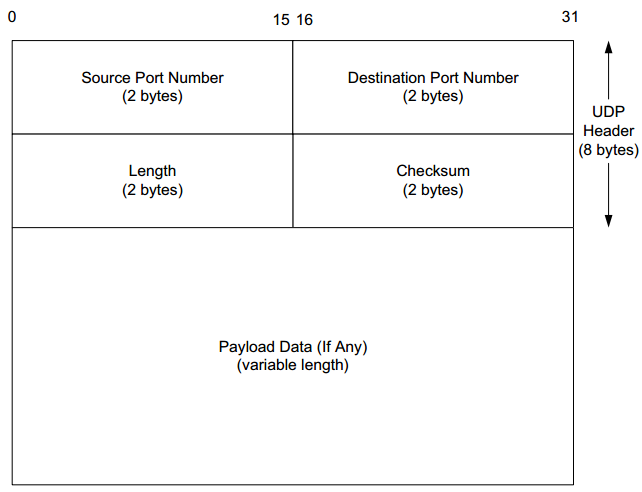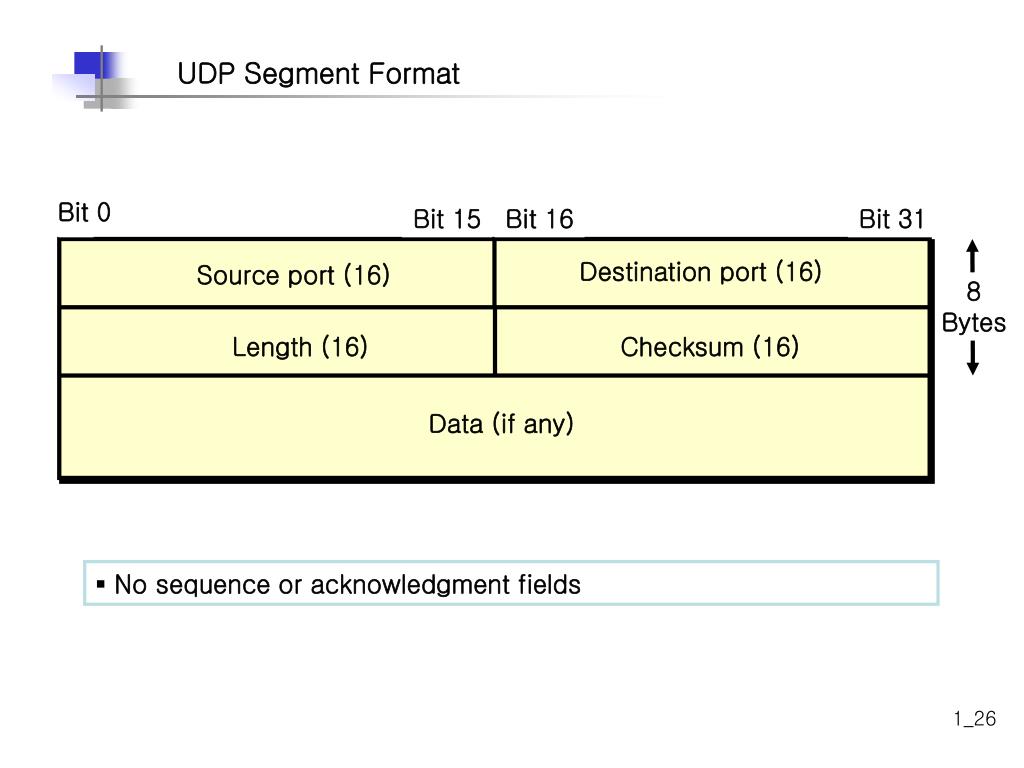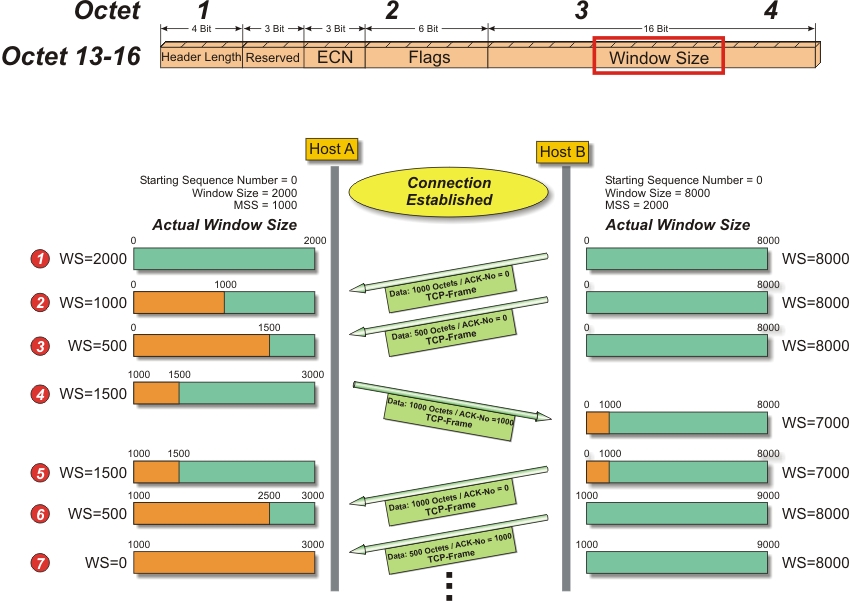
In other words TCP and UDP(sitting in Transport layer) checksum calculation requires several data fields and bits from the Network Layer. Pseudo header has several fields from IP header. Let’s now see what this pseudo header is all about. This data is sometimes called as a pseudo header. It also ads several bits of data from IP header as well. The checksum is not only calculated using TCP/UDP headers and data. There are few more things to understand about this TCP and UDP checksum calculation. This is exactly how TCP and UDP checksum is calculated. Computers are super cool when it comes to binary addition :). Unlike md5 and sha1, it’s quite simple as well to calculate and verify. Even if there is one 0, then that means errors were introduced in the data during transit. If the output of sum of 16 bit data and checksum is 1111111111111111. Data as well as checksum are added together. The reciever will simply add all the above 4 things. The main thing to understand is, the reciever will get the data as well as the checksum we calculated.Ġ 1 0 0 1 1 0 0 0 1 0 0 1 1 1 1 (Checksum)

So we need to basically send our data (which is the three binary 16 bit numbers) along with its checksum to a recieaver. If we add those three 16 bit data using binary addition. Let’s assume we have three 16 bit data as below. The first thing that we do is to divide and slice it up to 16 bit pieces. Imagine we have a UDP segment or a TCP packet. How does the method of ones’ complement work for UDP and TCP checksum Calculation? Ones complement is nothing but the value we get when we change all 0s to 1s, and 1s to 0s. Swiftness and efficient detection of errors is what is more important to TCP and UDP checksum, rather than collision.ĭue to this reason TDP and UDP checksum uses ones’ complement method to calculate the checksum. TCP and UDP checksum calculation is not much worried about collision as such(compared to md5 and sha1 algorithms). If both the values match, then the user is allowed to login. When a user enters a password, the login program generates the hash value of the password, and it compares it with the one in the database. This is the reason most of the times passwords are stored in databases in the form of hash values. You cant get the data if you have the hash value. Also the beauty of hash function is that its one way hash. This is the reason its used for file integrity verification. Its designed to be really strong, and does not have any sort of collision.
#Checksum calculator destination port length free#
MD5 and SHA1 concentrates more making collision free outputs. Because it should be unique for a particular data.


If there is two different set of data with same hash output, then that beats the purpose. It’s nothing but the surety about the fact that “No two hash outputs will have the same value”. Because the need is different in each case.Ĭollision is the most important factor in hash algorithms. The method used by internet communication and hash algorithms are similar, but not exactly same. The TCP and UDP data verification) does not leverage MD5 or SHA1. However Internet communication(the core network data verification. MD5 and SHA1 are primarily used to verify integrity of files. This is because you can calculate the hash value on the file that you downloaded, and then if it matches the one that is mentioned in the website, you can have the surety that the file is not corrupted/and is unaltered. You might have noticed websites that provides MD5 & SHA1 hash values of the file that you want to download. Some of the popular hash algorithms are MD5, SHA1 etc. Thanks to cryptographers who designed hash algorithms. If both the values(of the sender and the receiver) tallies, then the data is uncorrupted/unaltered. Once the data is received, the receiver also calculates the checksum. The value calculated is either sent along with the message, or through other methods. Generally what happens is this.The sender calculates a short checksum value(very small in size) which represents the message/data that is being sent. Whatever may be the case, there needs to be a method where the receiver can verify and figure out easily if the data is altered or corrupted. When you send and receive data over the wire, there are possibilities where the data can get corrupted, altered, or modified(it can be accidental, purposely done with evil intention).


 0 kommentar(er)
0 kommentar(er)
